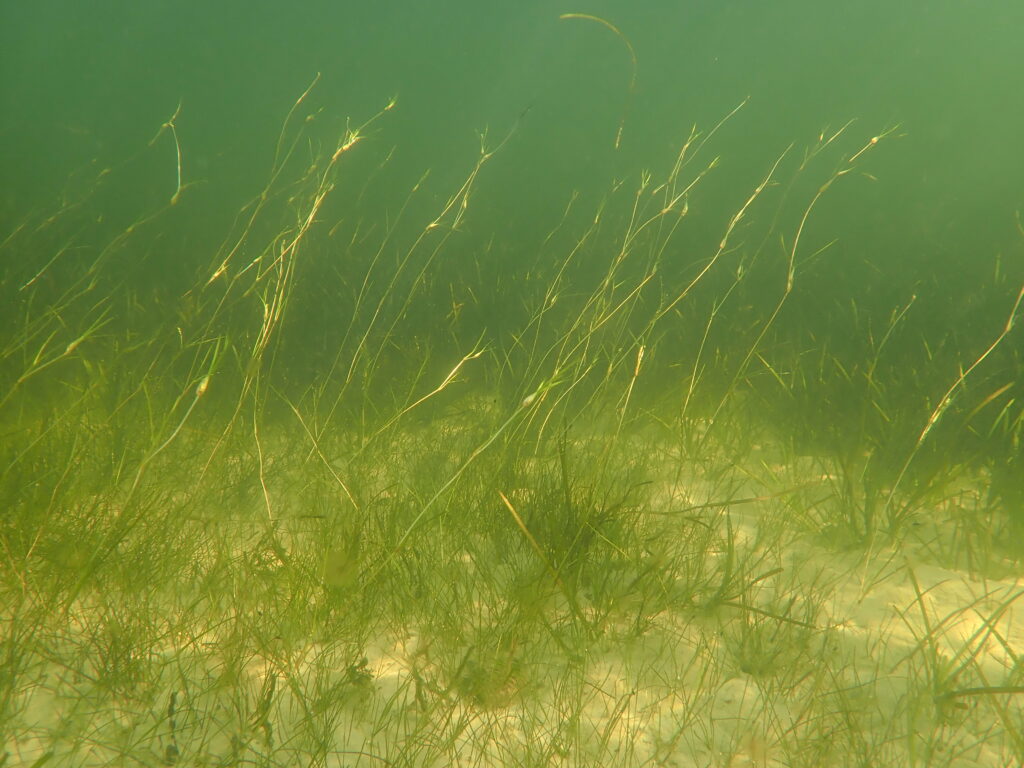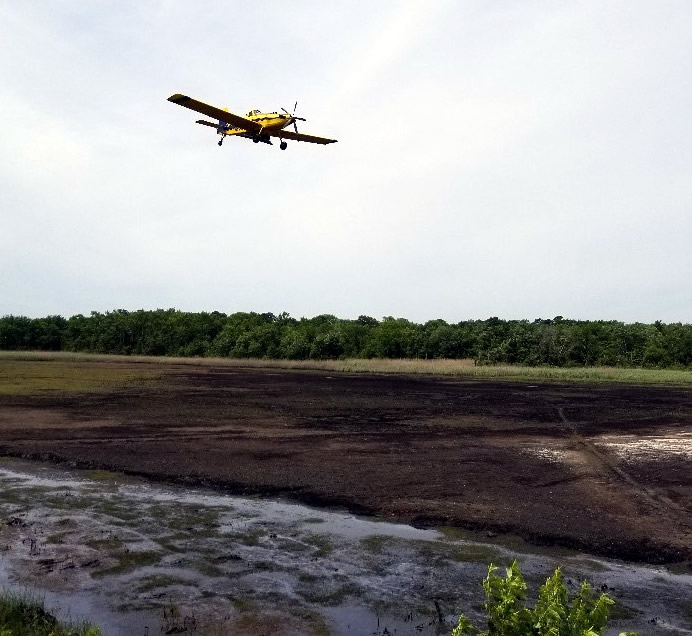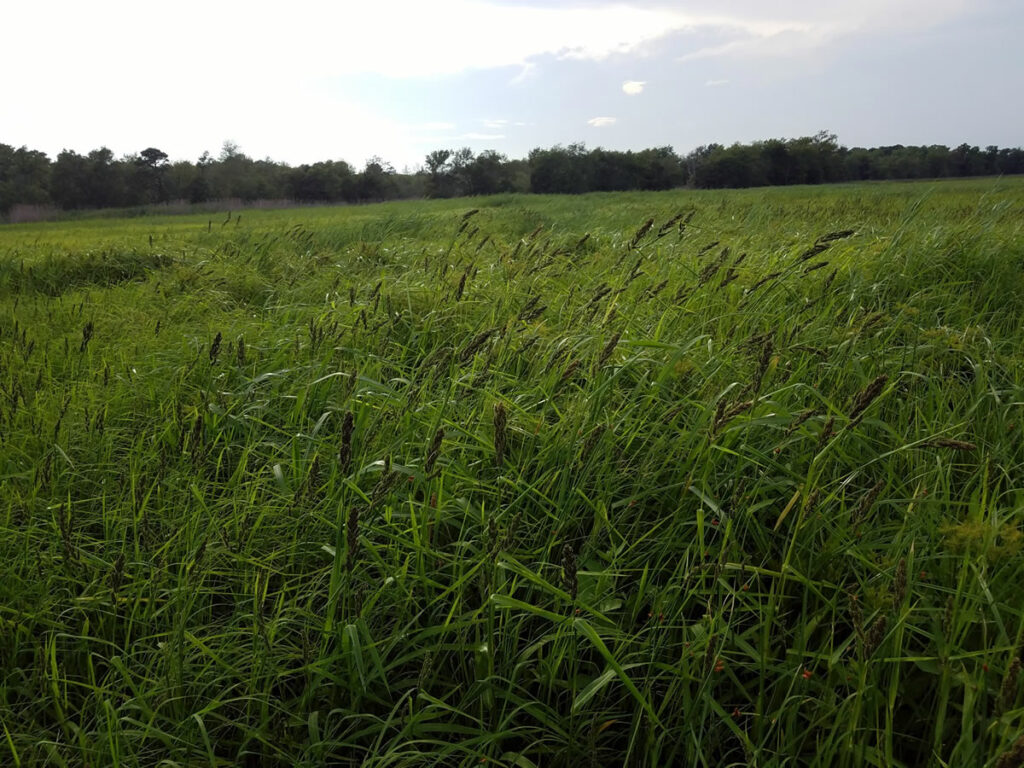
 Official Site of The State of New Jersey
Official Site of The State of New JerseyLocated in Atlantic and Cape May counties, Tuckahoe Wildlife Management Area (WMA) comprises 18,794 acres of tidal marsh, shorelines, woodlands, and fields. An important feature of Tuckahoe WMA is its six coastal waterfowl impoundments, totaling 941 acres. These impoundments are a critical tool in Fish and Wildlife’s ability to manage habitat for New Jersey’s waterfowl. New Jersey Fish and Wildlife will be lowering the water levels of Impoundments Lester, Mallard and Willet, beginning early July 2025. This management action is temporary in nature, with impoundments refilling before the opening of migratory bird hunting seasons.
Impoundment Lester will be lowered to mudflat conditions to facilitate aerial seeding operations. Since 2019, Lester has been rotationally seeded with annual and perennial moist-soil vegetation to ensure high quality waterfowl foraging habitat at a critical stop-over site in the Atlantic Flyway. This effort supports our mission of maintaining healthy and abundant wildlife populations in New Jersey, and quality wildlife related recreational opportunities for all New Jerseyans.
The water level lowering of Impoundments Mallard and Willet to mudflat conditions is being completed to facilitate data collection of impoundment soils and assess the presence of submerged aquatic vegetation (SAV). SAV, sometimes referred to as “Seagrass”, are rooted plants that grow completely underwater, except for brief exposures at low tides. Sea grasses are important as they serve as the base of the food web, providing food and nursery habitat to many commercially and recreationally important species. This data collection effort will advise future management considerations to improve habitat conditions and wildlife-related recreation opportunity.
These efforts were made possible when, in 2013, the agency worked with Ducks Unlimited to obtain North American Wetlands Conservation Act (NAWCA) grant funding to refurbish the Tuckahoe wildlife management area impoundments. The NAWCA grant funds were used to enhance these impoundments from stagnant lake systems into palustrine, emergent habitat to meet bird habitat and population goals. As part of this work, the water control structures were replaced. These enhancements improved habitat conditions and management capabilities to produce critical forage availability for migrating waterfowl and shorebirds.


